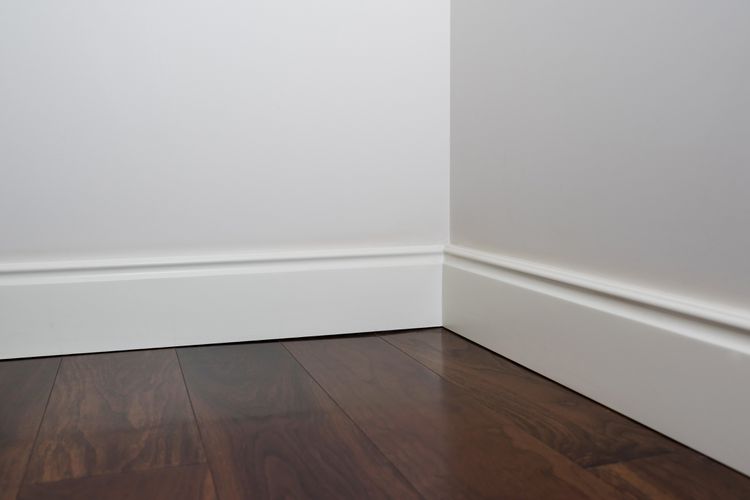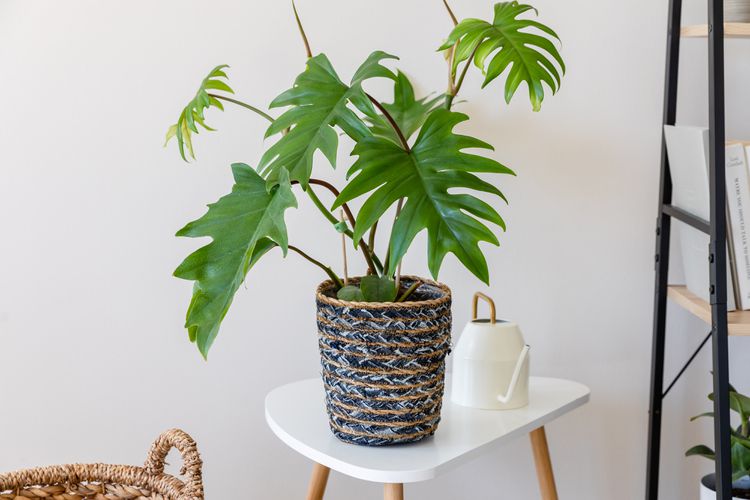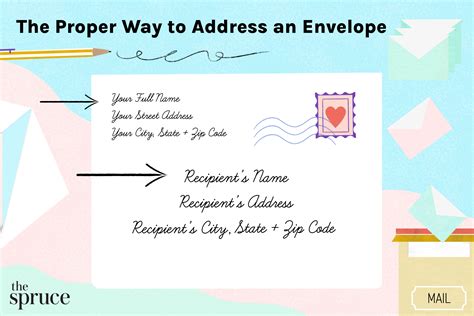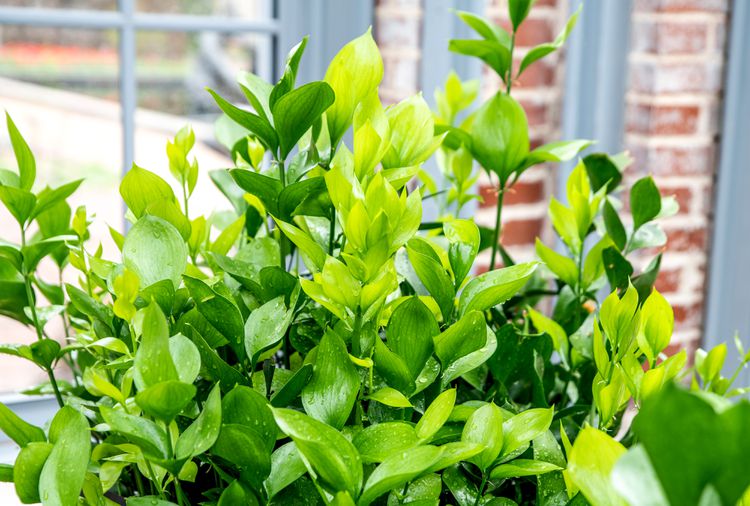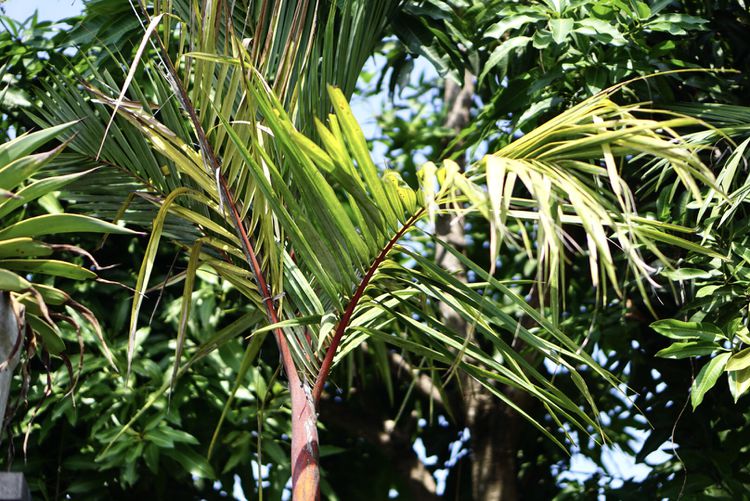
Monstera lechleriana is a tropical aroid favored as a houseplant due to its vibrant look and distinctive fenestrated foliage. Frequently confused with its close relative, Monstera adansonii, it shares many similar care needs. This plant is regarded as a low-maintenance option, making it suitable for both novice and experienced plant enthusiasts.
It is important for pet owners and parents to be aware that these monsteras can be harmful to both pets and humans if consumed.
Here’s a comprehensive guide on how to cultivate and maintain monstera lechleriana as an indoor plant.
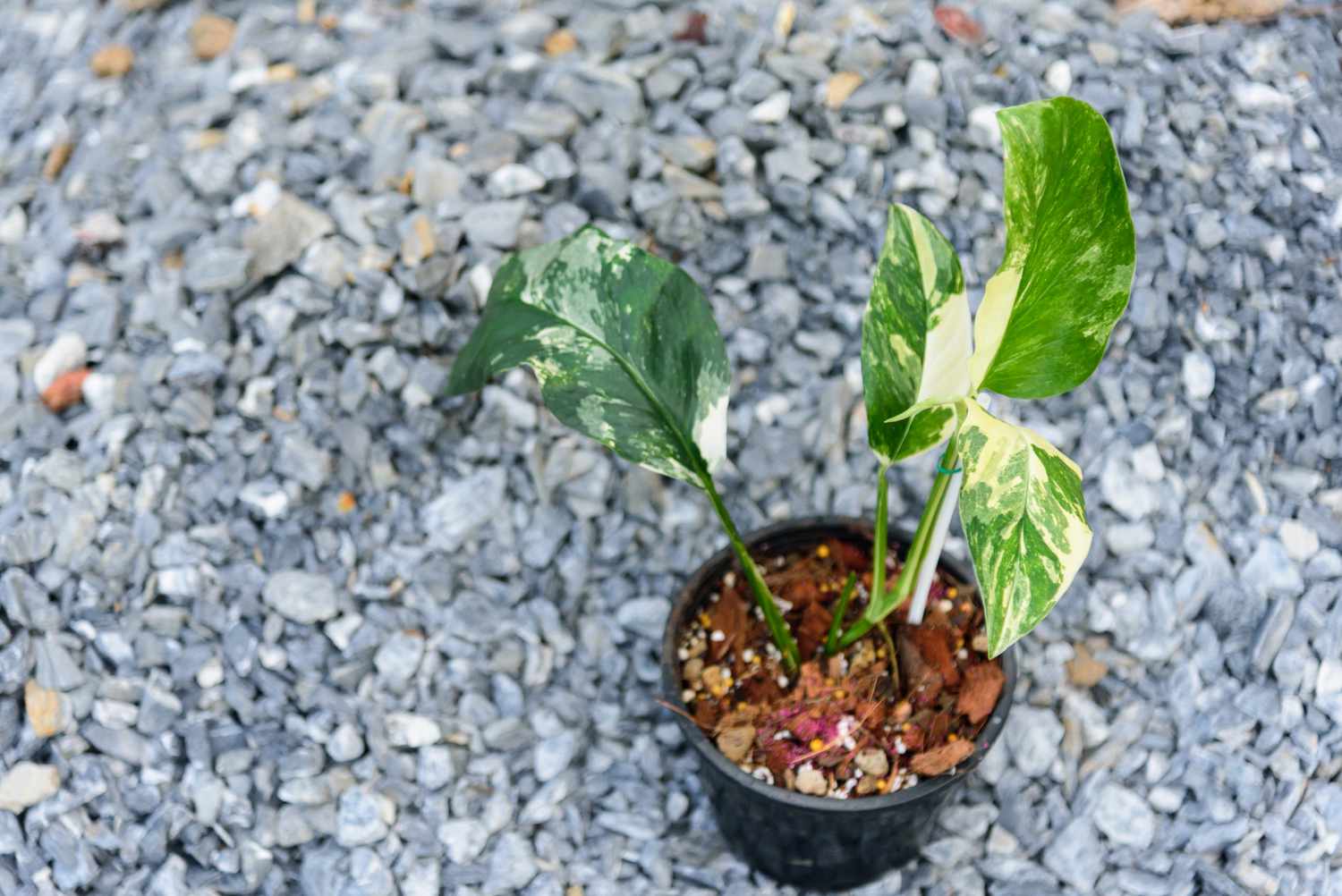
Cultivating Monstera Lechleriana through propagation.
Similar to many other monsteras, the lechleriana can be multiplied through stem cuttings. This method of propagation is an excellent way to cultivate new plants and utilize cuttings from trimming your existing plant. While it is possible to propagate your plant throughout the year, the optimal seasons are spring and summer, as the plant is in its active growth phase during these times.
Here’s a straightforward guide to propagate a monstera lechleriana in just a few easy steps.
- Utilize a set of sanitized pruning shears or scissors to obtain stem cuttings from a thriving monstera lechleriana. Ensure that each cutting contains two to four nodes along the stem and includes a minimum of one leaf.
- Trim the lower leaves from each cutting, ensuring that one or two leaves remain at the top.
- Fill a container with fresh water at room temperature and position the stem cuttings inside, making sure the nodes are submerged and the leaves remain above the water’s surface.
- Place the cuttings in a well-lit, warm area.
- Replace the water weekly to maintain its freshness. Within a few weeks, you should notice tiny white roots starting to emerge from the stem.
- When the roots reach about an inch in length, it’s time to move the cuttings from water to soil. Prepare a small pot with a soil mix that drains well, and place the rooted cuttings into the pot. Water the soil generously, ensuring that any excess water drains out from the pot’s bottom.
- Place the plants back in the same warm and well-lit area.
- Maintain consistent moisture in the soil for the initial one to two weeks to assist the plant in transitioning from water to soil. After that, slowly reduce the frequency of watering until you return to your regular watering routine.
Transplanting and Replanting Monstera Lechleriana
This monstera needs to be repotted every one to two years or whenever it becomes root-bound in its current container. Indicators that it’s time to repot include roots emerging from the drainage holes or wrapping around the interior of the pot. The ideal seasons for repotting are spring and summer, but it can be done throughout the year if necessary.
To properly repot a monstera lechleriana, adhere to the following guidelines:
- Carefully take the plant out of its previous container. You can achieve this by inverting the pot and gently shaking the plant into your palm, or by laying the pot on its side and applying pressure to the sides until the root ball can be extracted by the stem’s base.
- Gently separate the root ball using your fingers, taking care not to damage too many roots, in order to eliminate as much of the old soil as you can.
- Select a new container that has a diameter two to four inches larger than the plant’s former pot, and add a layer of fresh potting soil to the bottom.
- Position the root ball of the plant on the new soil and fill in the gaps, pressing the soil down securely around the plant’s base.
- Give the newly repotted plant a good watering. Ensure the soil is fully saturated, then let any surplus water escape through the drainage holes at the bottom of the pot.
- Place the plant back in its original spot once you have finished watering it.
Frequent Insects and Plant Ailments
Keep an eye out for typical pests that affect houseplants, including scale, mealybugs, spider mites, and fungus gnats. If you detect an outbreak, promptly separate the affected plant from your other houseplants and apply a natural or commercial insecticide until the pests have been eradicated.
Monsteras are generally resistant to diseases, and lechleriana is no different. Nonetheless, if it receives too much water, it can develop root rot. Be on the lookout for typical indicators of this issue, including soft stems, yellowing foliage, and leaves that are falling off.
Frequent Issues Encountered with Monstera Lechleriana
Similar to many other monsteras, the lechleriana is relatively easy to care for and generally trouble-free. However, there are a few concerns to be mindful of, especially for those cultivating this plant for the first time. Typically, these common issues can be addressed by adjusting the watering routine or modifying the lighting environment.
Golden Foliage
Yellowing leaves often indicate insufficient watering or inadequate light exposure. However, they can also signal overwatering, root rot, or a pest problem. Carefully inspect your plant to identify the root cause of the issue.
Autumn Foliage
Brown leaves can arise from various factors. One of the primary reasons is insufficient watering and excessively dry environments, particularly when the leaves become dry and brittle. Additionally, brown leaves may indicate leaf burn, often characterized by prominent, crispy brown patches on leaves that receive direct sunlight.
Is the monstera lechleriana considered uncommon?
In contrast to other types of monsteras like deliciosa, adansonii, and Peru, the monstera lechleriana is regarded as uncommon and challenging to locate. Even more elusive are the variegated versions, which can fetch prices in the hundreds of dollars, depending on the plant’s size.
What distinguishes monstera adansonii from monstera lechleriana?
Differentiating between young specimens of Monstera lechleriana and Monstera adansonii can be quite challenging; however, they become more recognizable as their fenestrations mature. M. lechleriana features larger leaves that have fewer fenestrations, primarily located near the central vein. In contrast, the fenestrations of M. lechleriana are generally smaller and more rounded compared to those of M. adansonii.
What is the size of the leaves on Monstera lechleriana?
Fully grown Monstera lechleriana leaves can reach lengths of approximately 12 inches and widths of around 8 inches when cultivated indoors. In their natural habitat, however, these plants can produce leaves that measure several feet in size!

